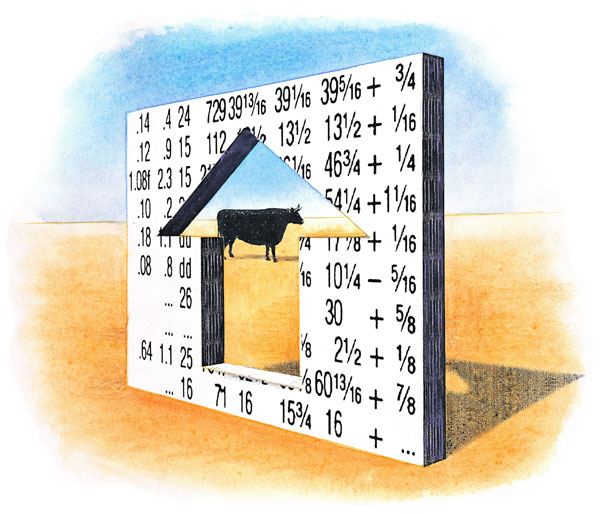Between calf buyers taking a breather to catch up on calf health challenges and finish farming, prices traded across a wide range.
October 6, 2012

If you watched calves selling at auction last week, you’d have been hard-pressed to guess that cattle futures would end the week higher, but they did, a little more than $1 higher on average across the Live Cattle Board and $1.83 higher on average for Feeder Cattle.
From those auction sales you also wouldn't have likely bet that fed cattle would gain $1, but they did, bringing mostly $124 on a live basis.
Regional calf and feeder price averages were mostly lower. Prices for both steer and heifer calves were widely uneven, according to the Agricultural Marketing Service (AMS) Friday.
“Stocker and feeder calf buyers are a long way from filling their needs, but many just wanted to slow the procurement down for awhile,” AMS analysts noted. “Calf buyers also need time to finish farming with wheat sowing in high gear in the Southern Plains and corn/soybean harvest still underway up north.”
Of course, there remains a fair bit of uncertainty regarding the size and steadiness of the impending fall run.
“Most agree that offerings will be smaller than usual, but argue as to what extent and whether the marketing will be more spread out,” AMS analysts say.
Likewise, packers continue struggling to moving wholesale prices ahead. After rising throughout the week, Choice boxed beef cutout values dropped $1.36 Friday to close $1.01 lower week-to-week. Select was $1.45 lower Friday, closing $2.21 lower week-to-week.
With beef consumers in mind, the overall domestic economy was boosted by Friday’s unexpected decline in the national unemployment rate to 7.8% in September. A day prior to that report from the U.S. Department of Labor and Statistics, the ADP National Employment Report indicated that private-sector employment increased by 162,000 from August to September on a seasonally adjusted basis.
“Continued solid gains in employment since spring further allay fears that the broad economic recovery may be undermined by a softening trend in employment,” says Joel Prakken, chairman of Macroeconomic Advisers, LLC. “The gain in private employment in September is strong enough to suggest that the national unemployment rate may have declined.” And so it did.
The Dow Jones Industrial Average gained 137 points on the week, while the broader S&P 500 gained 20 points.
Incidentally, for those of you with your bidder number in hand, Derrell Peel, Oklahoma State University Extension livestock marketing specialist, offered some perspective on purchases for wheat pasture. In his weekly livestock comments, Peel explains, “In the past month, the sharp price break against lightweight animals has moderated somewhat, though the market still favors heavier beginning stocker weights, especially for dual-purpose winter grazing programs that will terminate in late February or early March.”
Peel adds, “For forage-only programs that will graze out wheat until May, the additional weight at the end offsets somewhat lower value of gain on the initial animal gains. The current levels of both March and May Feeder futures is sufficient to lock in values of gain that range from $1.10 to $1.35/lb. These values suggest that winter grazing will cover a $150-$170/head grazing bill and other typical production costs and still return $70-$90/head to the cattle…”
About the Author(s)
You May Also Like




.png?width=300&auto=webp&quality=80&disable=upscale)
